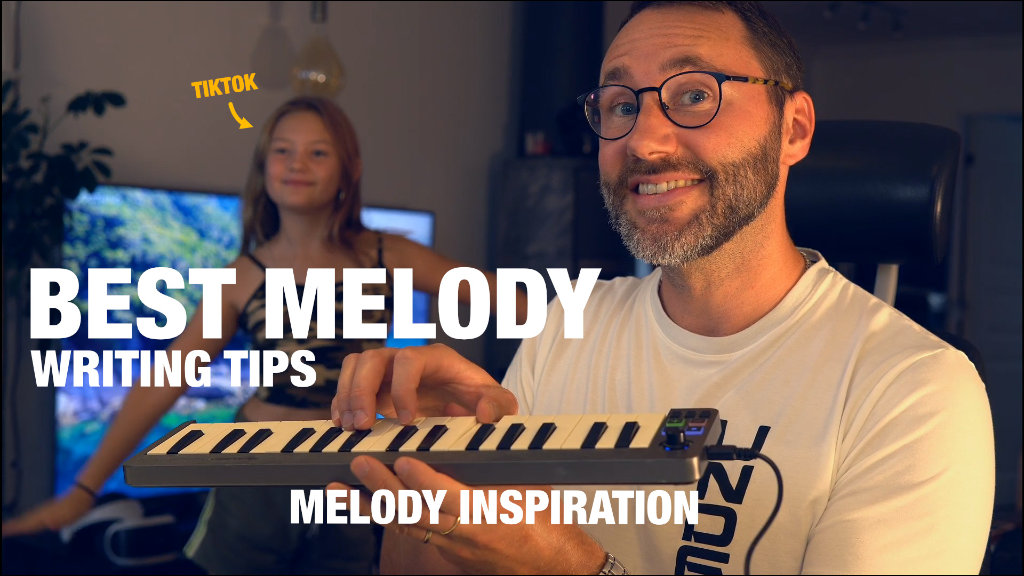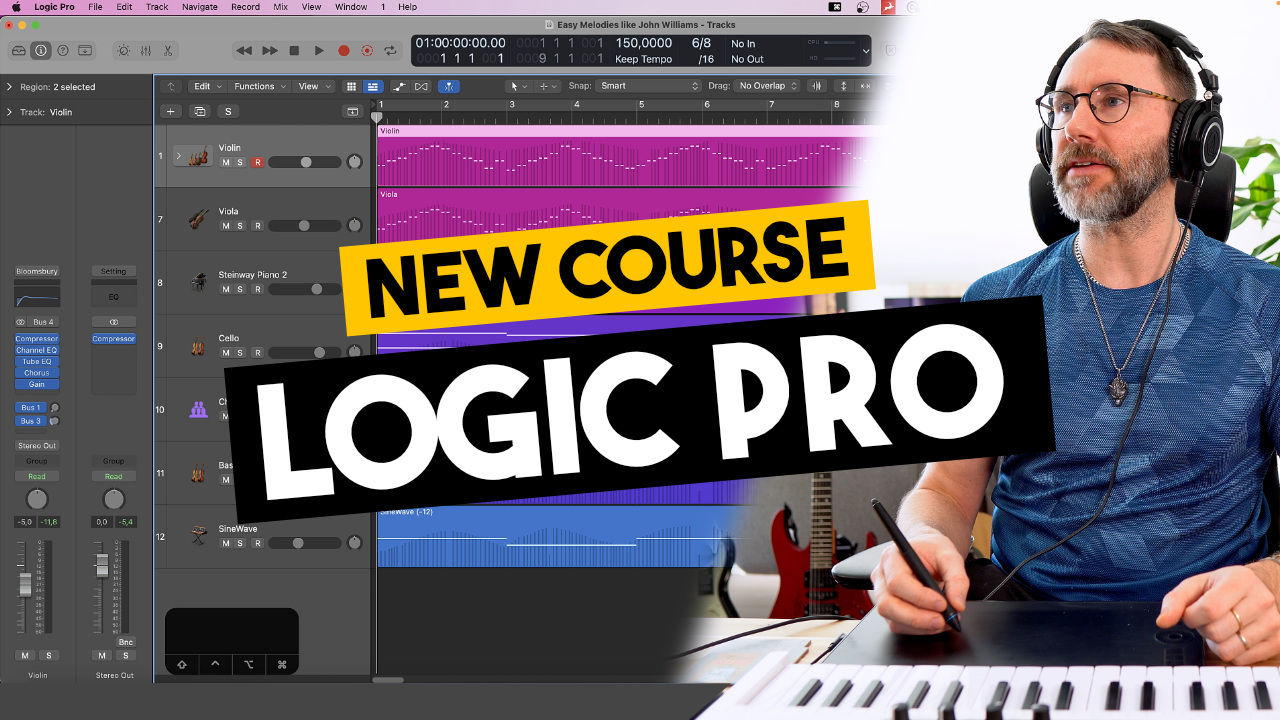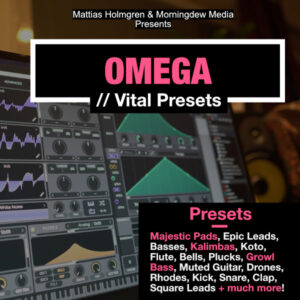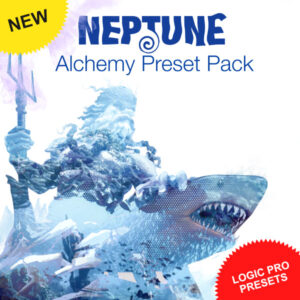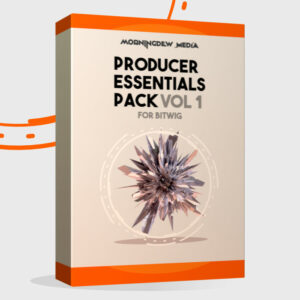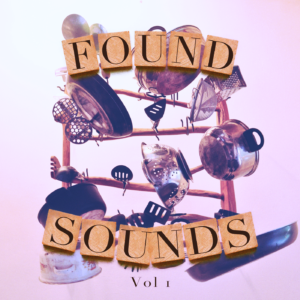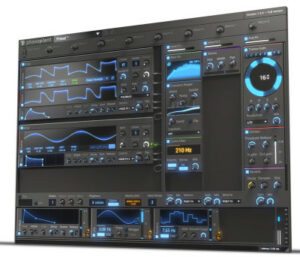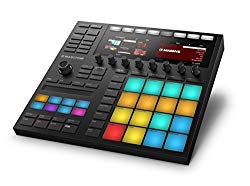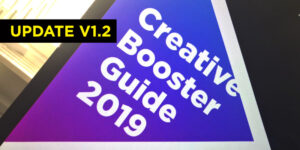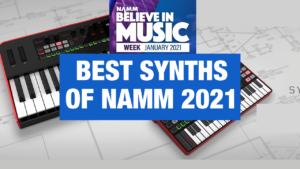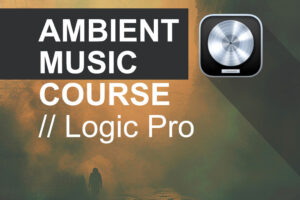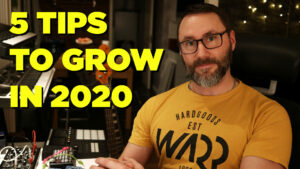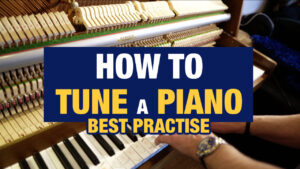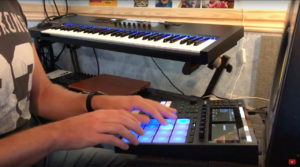In this series, Best melody writing tips, I am going to give you tips which will lift your songwriting to a new level.
Are you stuck in the loop coming up with new melody ideas?
As a game composer and song writer, I know it can be a real challenge to come up with new melody ideas. Especially as the deadline closes in on the delivery schedule. Brrr…
In this article and video series I will give you hands on tips on how to quickly overcome that writers block.
I will give you the tools to finish more music and get ahead of your production schedule.
Best melody writing tips part 1 video
Muscle memory – It effects the way we write melodies
If we are writing on an instrument, like a keyboard or guitar. We are all affected by our muscle memory which “unconsciously” drives us to write music in a certain way.
Finger movement, rhythm, and even where to add silence comes naturally. Without us even thinking about it. Muscle memory allows us to perform with little to no conscious effort.
Your personal way of accenting and phrasing melodies.
In one aspect, it’s great, as it will induce your personal way of accenting and phrase melodies. Your personality! That’s the good part of muscle memory when writing melody.
But on the other hand, muscle memory can force you to write the same melodies all over, and “stay in the same musical place”. o_O
So it’s really about balance. In one way you want to sound like, YOU.
But, I bet, at the same time you want to be able to write brand new melodies!? :star:
We all want a broad vocabulary in the musical language
We all want to grow and get a broad vocabulary in the musical language. It’s like learning a new language. If we only know 20 words, we can only talk and write as little as our knowledge will allow.
If we expand our music vocabulary and learn different; phrasings, rhythms, intervals and chord progressions….maybe some deeper music theory. It can free our mind and give us a broad palette to work with when we are writing new melodies and songs.
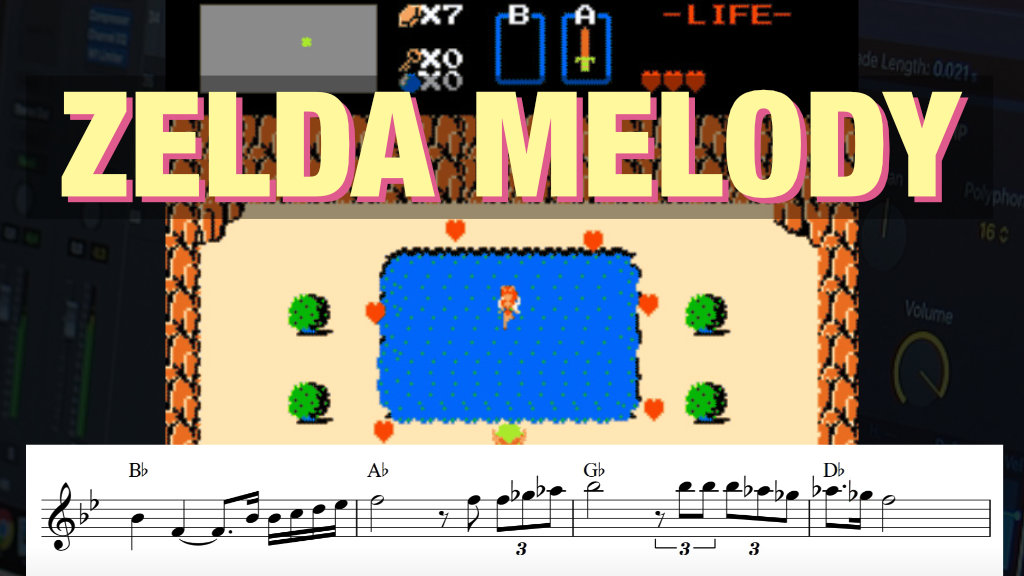
Draw inspiration from existing melodies
In this first part of “The best melody writing tips” I am going to teach you how to draw inspiration from existing melodies to come up with new melodies in a heartbeat.
In our first example we are going to use the very renowned melody from The Legend Of Zelda game. The theme is originally composed by Koji Kondo.
Now watch the video above and learn how we take a small part from the original melody and make it our own.
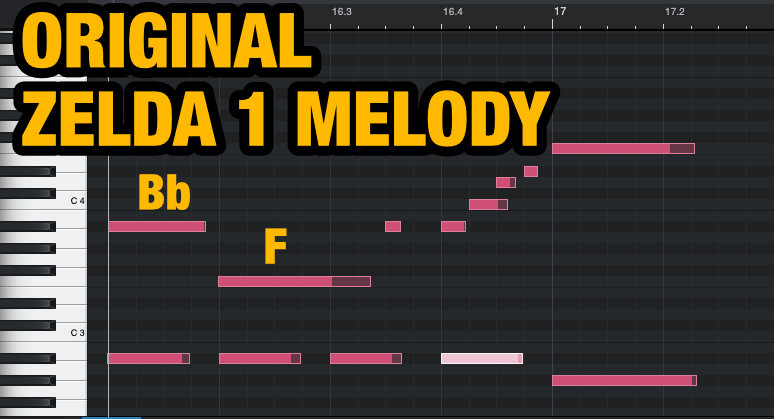
Pick out the interval between notes from the original melody
We take the initial note interval, a Bb down to an F. In music theory this interval is called a perfect fourth (P4). I know that not everybody is familiar with music theory and note intervals. But basically you identify the distance (in semitones) between the two notes.

A perfect fourth interval is 5 semitones (steps) from the first note to the following note.
We will talk more about note intervals and basic music theory in future articles and videos.
Transpose to a key that suits your melody mood and musical vision
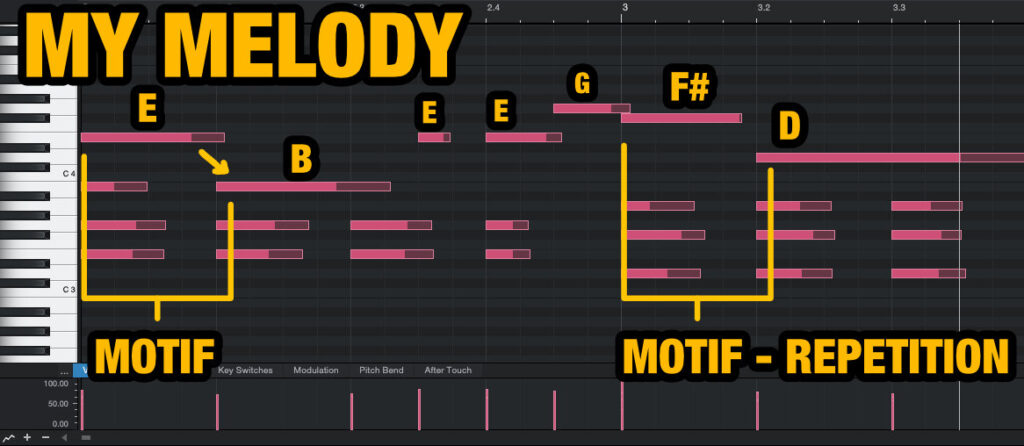
Since I didn’t want to play in the same original key, I transposed and played my melody in E minor instead of Bb major.
Yes, there are numerous different versions of the Zelda theme across the series. Some are written in minor. 😛
Rhythm as inspiration to new melodies
Furthermore we use the same note length (whole notes) as in the Legend Of Zelda theme. That simple rhythm becomes the base of our phrasing to create a brand new melody.
In the video example I just re-use the phrase in various ways to expand that small initial idea (of a perfect fourth interval) into a more elaborate melody.
Introduce other intervals and rhythm to make the phrases more musical
Of course I use other intervals and other rhythms in the notation, but that’s to make the melody more interesting.
The resulting melody looks like this (piano roll):
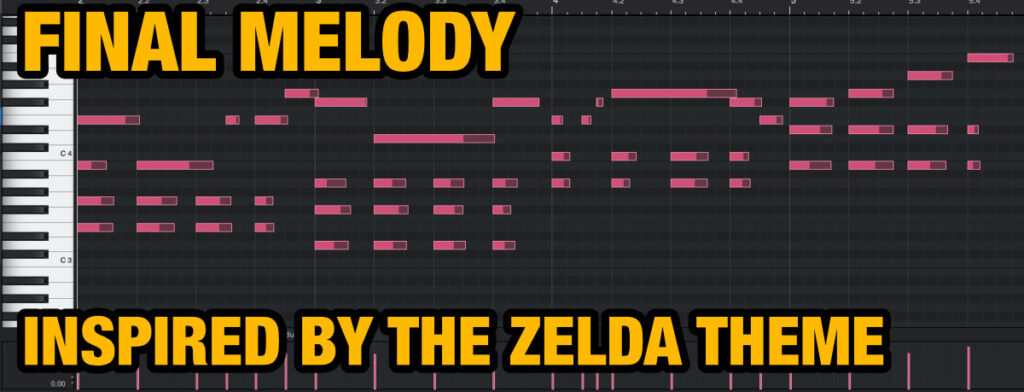
6 steps to quickly write a new melody inspired by your favourite artist
I encourage you to try and make a melody like this yourself. Just follow these 6 easy steps and you should end up with a new original melody.
- Pick any song from your favourite Spotify playlist.
- Pick a small melody phrase from the original melody.
- Identify the intervals – Break the melody apart by identifying the intervals between the notes in the melody. I suggest you pick just a few notes from the original melody. Or else you will probably end up with a too similar melody.
You can also choose to just take the rhythm from the original melody phrase. It’s of course up to you! - Write the first motif – Now use the interval and move it to another key. Maybe if the song is in E major. Move it to A minor.
- Expand the melody – re-use the interval (and / or rhythm phrasing) from the notes you picked out and move to another place on the scale.
- Harmonize your new melody – Now try different chords on top of your melody. If you want tips on chord progressions you can read up on a previous article I did on my favourite chord progression here.
A motif is the smallest fragment which makes up the melody. Or like Wiki would suggest: A motif is a recurring narrative element with symbolic significance
Want to learn more about melody writing?
I did another article on how to write better melodies. Give yourself some fresh air and try different approaches and techniques to write music and melodies. You can check that article here.
In conclusion
Music should be fun and never feel forced. If melodies are forced, they usually don’t end up in a good place.
Probably in some deep-, obscure folder on that forgotten external hard-drive you stuck in the closet. 🙂
Give yourself space to breath and learn different techniques to keep you balanced in the art of melody writing.
I hope this article gave you some new ideas to your own musical journey.
Thanks!
What gear I use in the studio? Check out the Resources Page.
Join my exclusive community: https://www.patreon.com/gelhein
Be sure to sign up to our newsletter for new exciting articles in design, music production and sound design.
